
DREAMFALL CHAPTERS: BOOK FIVE: REDUX
THE LONGEST JOURNEY HOME
Πριν από δεκαεπτά ολόκληρα χρόνια, κάπου τώρα πρέπει να ξεμπέρδευα με το τσίρκο των Πανελληνίων. Ολόκληρη η ύπαρξή μου ως τότε, προστατευμένη και προσεκτικά σμιλεμένη προς την «μεγάλη επιτυχία», τον αυτοσκοπό της ύπαρξής, ή το άθλιο, σύντομο μέλλον μου ως άστεγο ρεμάλι κάτω από γέφυρα. Έτσι ήταν και δυστυχώς εξακολουθεί να είναι, στην πλειοψηφία των Ελληνικών οικογενειών. Ή δικηγόρος/γιατρός ή υλικό για τις «Ανθρώπινες Ιστορίες». Μέση οδός ή αληθινός κόσμος, προφανώς και δεν υφίστανται. Ξεφεύγω από το θέμα μας όμως. Όσο θυμάμαι το μαθητή εαυτό μου, κρυφοπαίζω. «Καταστρέφω τη ζωή μου με αυτά τα ηλίθια κομπιουτεροπαιχνίδια». Την τελευταία ημέρα των Πανελληνίων, για πρώτη φορά στην ζωή μου, δεν μπορούσε κανείς να μου πει απολύτως τίποτε, ακόμη και αν έπαιζα ένα εικοσιτετράωρο γεμάτο.
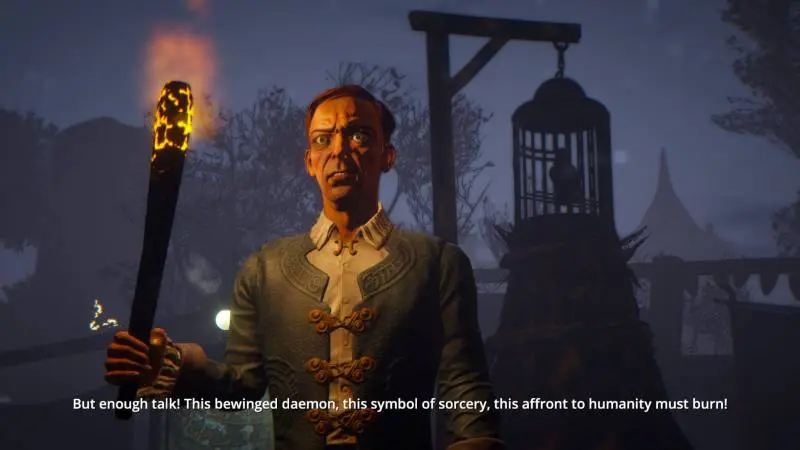 Ο Crow δεν γινόταν να μην μπλέξει, μια τελευταία φορά.
Ο Crow δεν γινόταν να μην μπλέξει, μια τελευταία φορά.
Και νομίζω, φέρνοντας το The Longest Journey σπίτι, αυτό περίπου έκανα. Δεν υπήρχε μέλλον, ούτε υποχρεώσεις. Δεν υπήρχε τετάρτη Λυκείου, ούτε επόμενη χρονιά. Περιμέναμε τα Ιερά Αποτελέσματα. Λίμπο, νεκρός χρόνος. Λίγους μήνες πριν είχε κυκλοφορήσει ένα adventure game το οποίο είχε συνεπάρει κοινό και κριτικούς. Κάτι η ιδιαίτερη γραφή του, τα πανέμορφα γραφικά, η έκταση της δράσης και η ποιότητα των γρίφων του, άπαντες συμφωνούσαν πως επρόκειτο για ένα από τα καλύτερα point and click adventure games όλων των εποχών.
Το καλοκαίρι του Μηδέν, ήταν μια εξαιρετικά ενδιαφέρουσα περίοδος. Ανάμεσα σε άλλα σπουδαία και ανεπανάληπτα, πέρασα δυο περίπου εβδομάδες χαμένος μεταξύ Stark και Arcadia, των Δίδυμων κόσμων. Ακολούθησα την δεκαοκτάχρονη Καλοτεχνίτισσα April Ryan σε ένα εκπληκτικό ταξίδι ενηλικίωσης, ζωής και έξοχων μυστικών. Από ένα σημείο και μετά, δεν έπαιζα παιχνίδι. Μετείχα των αχράντων μυστηρίων του σύμπαντος. Η Arcadia ήταν αληθινή. Την είχα ονειρευτεί και εγώ. Και για πρώτη φορά, επιβεβαιωνόταν η ύπαρξή της, δεν ήμουν τρελός.
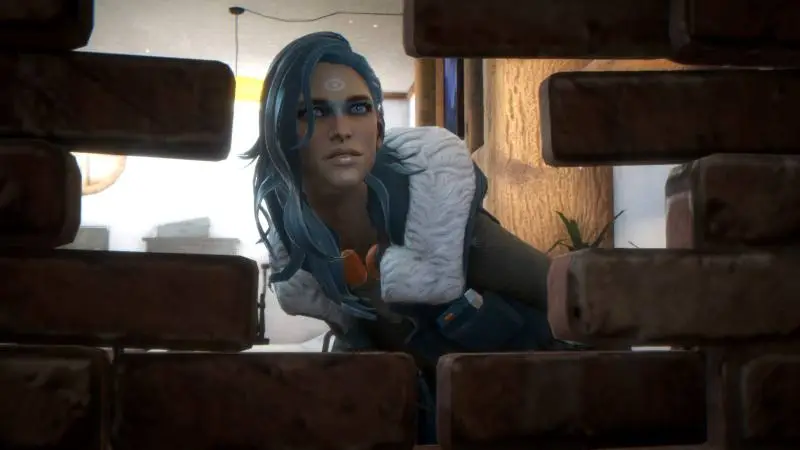 Μερικές φορές, στους άλλους κόσμους φτάνεις με βαριοπούλα.
Μερικές φορές, στους άλλους κόσμους φτάνεις με βαριοπούλα.
Μετά συνέβη ζωή, περάσαν χρόνια, κυλήσαν νερά. Έχουμε πια 2006. Έχω γυρίσει ένα σεβαστό μέρος του κόσμου μας, του Stark, με αντρειωμένους συντρόφους. Έχω γελάσει, μεθύσει, κλάψει, θυμηθεί, ανακαλύψει. Έχω επίσης κατορθώσει, για άσχετους λόγους, να πάρω πτυχίο και περιμένω να μπω φαντάρος. Είναι καλοκαίρι πάλι. Εκεί, τέλη Ιούνη-αρχές Ιούλη. Παρουσιάζομαι τον Αύγουστο και αποχαιρετάω αγαπητικές, φίλους, καταστάσεις και λημέρια. Δεν ασχολούμαι ιδιαίτερα με το ευγενές άθλημα του gaming, καθώς η εξαετία ’00-’06 αποδείχθηκε μεγάλη πλανεύτρα διδασκάλισσα. Προφανώς όμως, είναι αδύνατο να ξεφύγεις από τις Μοίρες. Για άσχετο λόγο, βρίσκομαι σε γνωστό κατάστημα πώλησης video games (έκλεισε πια και αυτό, στάχτες και ρολά τα πάντα) και ένας τίτλος τραβάει την ματιά μου : Dreamfall – The Longest Journey.
“Τι έκανε λέει; Βγάλανε κι άλλο; Αυτοί οι άσχετοι στο κουτί ποιοι είναι;”
Χωρίς πολλές σκέψεις, το αγοράζω. Πηγαίνω σπίτι. Ένα σπίτι που είναι, ξαφνικά και αναπάντεχα, ήσυχο. Η εξαετής γιορτή έχει λάβει τέλος. Οι χαρούμενοι αυλικοί έχουν μετοικήσει σε θερμότερα κλίματα. Χωρίς λοχίες, εγερτήρια και σφιχτά προγράμματα. Βάζω ένα ρούμι και εγκαθιστώ το παιχνίδι. Είναι διαφορετικό. Περίεργο. Ατσούμπαλο. Προσπαθεί να είναι τρία παιχνίδια σε ένα και μηχανικά, αποτυγχάνει και στα τρία. Η αφήγησή του όμως, είναι πραγματική. Συνεχίζει την Αλήθεια, τον πόλεμο της Ισορροπίας. Η στοιχειωμένη ομορφιά των τραγουδιών του Νορβηγού Magnet αιχμαλωτίζει την ψυχή μου. Μια εβδομάδα αργότερα παρακολουθώ τους τίτλους τέλους μετά από ένα απίστευτο cliffhanger. To “Be With You” έχει γίνει το επίσημο soundtrack του καλοκαιριού μου. Δεν έχω πολύ χρόνο όμως να τα σκεφτώ όλα αυτά. Έχω να ξυρίσω το κεφάλι μου και να πω ένα τελευταίο αντίο πριν πάρω το τρένο για Κόρινθο.
INTERLUDE- NOTHING HURTS NOW
Είναι καλοκαίρι. Έχουμε παρκάρει το ομορφότερο άθλιο βαν του κόσμου στην ακροθαλασσιά μετά από μια μέρα γεμάτη καλοκαιρινές αστραπές. Ο ήλιος πέφτει και ξεμυτάνε οι λιβελούλες και οι δρακόμυγες από τις καλαμιές απέναντι. Ίσως είναι παρενέργειες του εκλεκτού τσιγάρου που μοιραζόμαστε και δεν είναι στ’ αλήθεια εκεί. Είχα ξεχάσει πως το «Be With You» είχε μείνει στο στικάκι που ήταν καρφωμένο στο ηχοσύστημα του βαν. Όταν οι slide μελαγχολικές κιθάρες και το πολυσυμπαντικό του μελόδραμα χρωματίζουν προοπτικές που δεν είχα καν ονειρευτεί ως τότε, χαμογελάω. Όπως όλα τα παιδιά, νομίζω πως θα είναι για πάντα.
THE END, MY BEAUTIFUL FRIEND
…και που λέτε, είμαστε εδώ, στο τέλος του δρόμου. Αν άντεξες να φτάσεις σε αυτό το σημείο, Τακτικέ Αναγνώστη, προφανώς γνωρίζεις πως το The Longest Journey/Dreamfall από ένα σημείο και μετά δεν έχει την παραμικρή σχέση με video game συμβάσεις και λοιπές πεζότητες. Είτε το νιώθεις, είτε όχι. Δεν είναι «σωστή» μια από τις δυο απόψεις, απλώς έτσι είναι. Μπορεί να μοιραζόμαστε κιόλας μαζική παράκρουση. Η σειρά Chapters, δέχτηκε δριμύτατη κριτική από την πλειοψηφία του ειδικού τύπου κατά την κυκλοφορία του πρώτου επεισοδίου. Στην πορεία, αγνοούμενη σχεδόν από τους πάντες πέρα από τον στενό κύκλο των «σκληρών» οπαδών, πάτησε στα πόδια της, ύφανε μια ιδιαίτερα αξιόλογη δική της ιστορία και με το Redux, έρχεται να βάλει επιτέλους τελεία σε μια αφήγηση δεκαεπτά, ουσιαστικά, ετών.
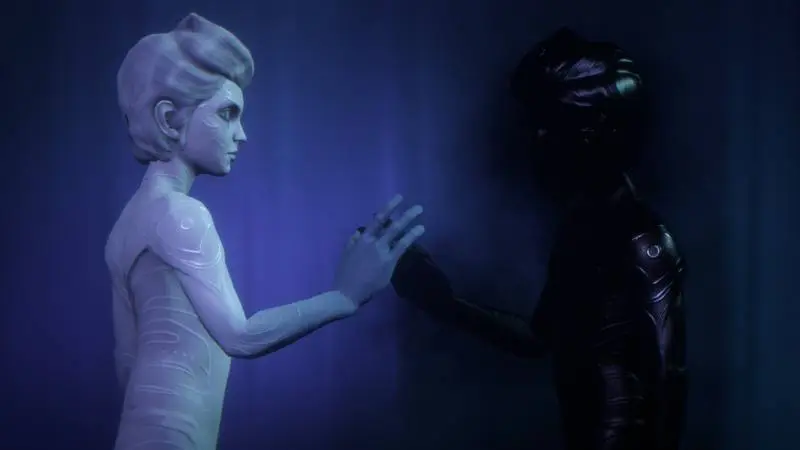 Balance
Balance
Θα ήταν ποτέ δυνατόν να γραφτεί ένα φινάλε το οποίο να μην αφήσει παράπονα; Πραγματικά, θεωρώ πως όχι. Στις πέντε ώρες που διαρκεί, η αναλογία cutscenes/gameplay γέρνει δυσανάλογα προς τις πρώτες. Αλλά ακόμη και με αυτό τον τρόπο, το μεγάλο χρονικό διάστημα που μεσολάβησε μεταξύ των παιχνιδιών και των επεισοδίων, δίνει ένα καίριο πλήγμα στην συνοχή και την αίσθηση αμεσότητας της περιπέτειας. Οι αποκαλύψεις, οι οποίες διαδέχονται η μια την άλλη με έντονο ρυθμό, ναι μεν ταιριάζουν στην μυθοπλασία των Longest Journey/Dreamfall αλλά για κάποιο λόγο, στην περίπτωσή μου τουλάχιστον, δεν κατορθώνουν να δημιουργήσουν την αίσθηση κάποιας πρωτοφανούς και επικής κλιμάκωσης.
Δεν είναι τυχαίο το γεγονός πως μακράν οι δυνατότερες στιγμές του φινάλε, είναι εκείνες στις οποίες εμφανίζεται η April Ryan. Αποκαλύπτεται μάλιστα, μέσω έξυπνα ονομασμένου achievement, ποιο ήταν και το σχέδιο των δημιουργών του παιχνιδιού για τον ύστατο (και τελικά άπιαστο) Kickstarter στόχο τους, την δημιουργία ενός «παραδοσιακού adventure game» με την επωνυμία «The Longest Journey Home». Το δε φινάλε, περιλαμβάνει μια σκηνή η οποία είναι ικανή να κάνει και βράχο να λυγίσει, καθώς κατορθώνει, μέσα σε ελάχιστα δευτερόλεπτα, να εξαϋλώσει τα χρόνια ανάμεσα στο The Longest Journey και το Redux, σαν να μην υπάρχει καν η έννοια του Χρόνου.
 …
…
Είναι δυνατόν να γραφτεί αντικειμενική κριτική για το τέλος του ταξιδιού; Αμφιβάλλω. Σε απόλυτες τιμές, πρόκειται για ένα αξιοπρεπές επεισόδιο της σειράς, το οποίο δένει όλες τις αφηγηματικές τροχιές του (έστω και κάπως άκομψα σε ορισμένες περιπτώσεις) και ολοκληρώνει την επική περιπέτεια του Ragnar Tornquist. Δεν κατορθώνει όμως, να δέσει και να εξυψώσει το σύνολο των Dreamfall Chapters σε κάτι μεγαλύτερο, σε κάτι που θα μπορούσε να σταθεί από μόνο του και να ωθήσει πιθανώς νέους παίκτες να ανακαλύψουν τα παλαιότερα παιχνίδια της σειράς. Πρόκειται ουσιαστικά για μια «οικογενειακή» υπόθεση, ένα παιχνίδι γραμμένο για τους Ταξιδιώτες, τους σκληρούς οπαδούς που δεν δέχονταν την αβεβαιότητα ως απάντηση.
Τώρα λοιπόν ξέρουμε. Για ορισμένους, μπορεί να είναι αρκετό. Για άλλους, όχι. Το μόνο σίγουρο είναι πως θα ανταμώσουμε ξανά στους ατελείωτους δρόμους.
{youtube}Sf1lmTEHv6Y{/youtube}
Pros
- Πλούσιο σε διάρκεια φινάλε, το οποίο κλείνει ικανοποιητικά την ιστορία, προσπαθώντας να ενσωματώσει αρκετές από τις αποφάσεις μας στην ροή του
- Περιλαμβάνει μια σκηνή η οποία θα σας κάνει ζημιά
- Ευπρόσδεκτη η αναβάθμιση στην Unity 5.3 μηχανή γραφικών καθώς και το συνολικό ρετουσάρισμα που έχουν δεχτεί και τα προηγούμενα επεισόδια.
Cons
- Ενδεχομένως είναι προσωπική εκτίμηση, αλλά αποτυγχάνει να δώσει την εντύπωση του μεγάλου και επικού φινάλε που ταιριάζει σε μια αφήγηση που μας συντροφεύει τα τελευταία 17 χρόνια
- Σχεδόν αποτελεί μια μεγάλη κινηματογραφική σεκάνς με ελάχιστες ενέργειες να απαιτούνται από μέρους μας κατά την διάρκειά του. Περισσότερο παρακολουθούμε, παρά πράττουμε, σε υπερβολικό ίσως βαθμό
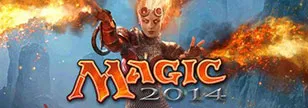

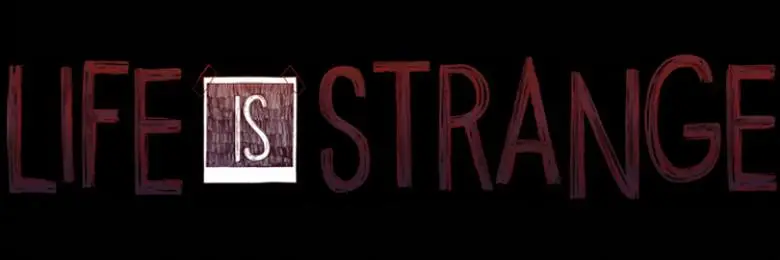



Αναμνήσεις ή παραλήρημα, δεν έχει σημασία… Εμένα τουλάχιστον με συγκίνησες, ειδικά στην τρίτη παράγραφο. Λέω να πάω μια βόλτα με τη μηχανή. να αγναντέψω τη θάλασσα…
Άργησα λίγο να διαβάσω το review :p. Μου φαίνεται πραγματικά απίστευτο ότι έχουν περάσει 17 χρόνια από την κυκλοφορία του The Longest Journey…